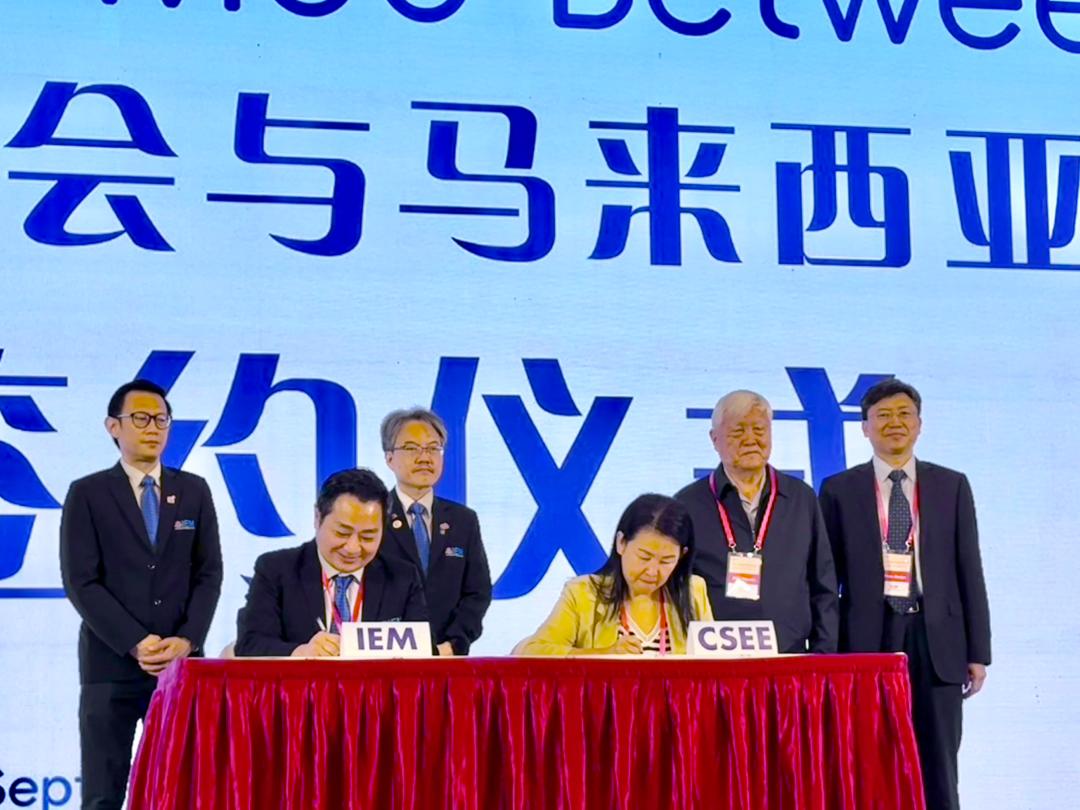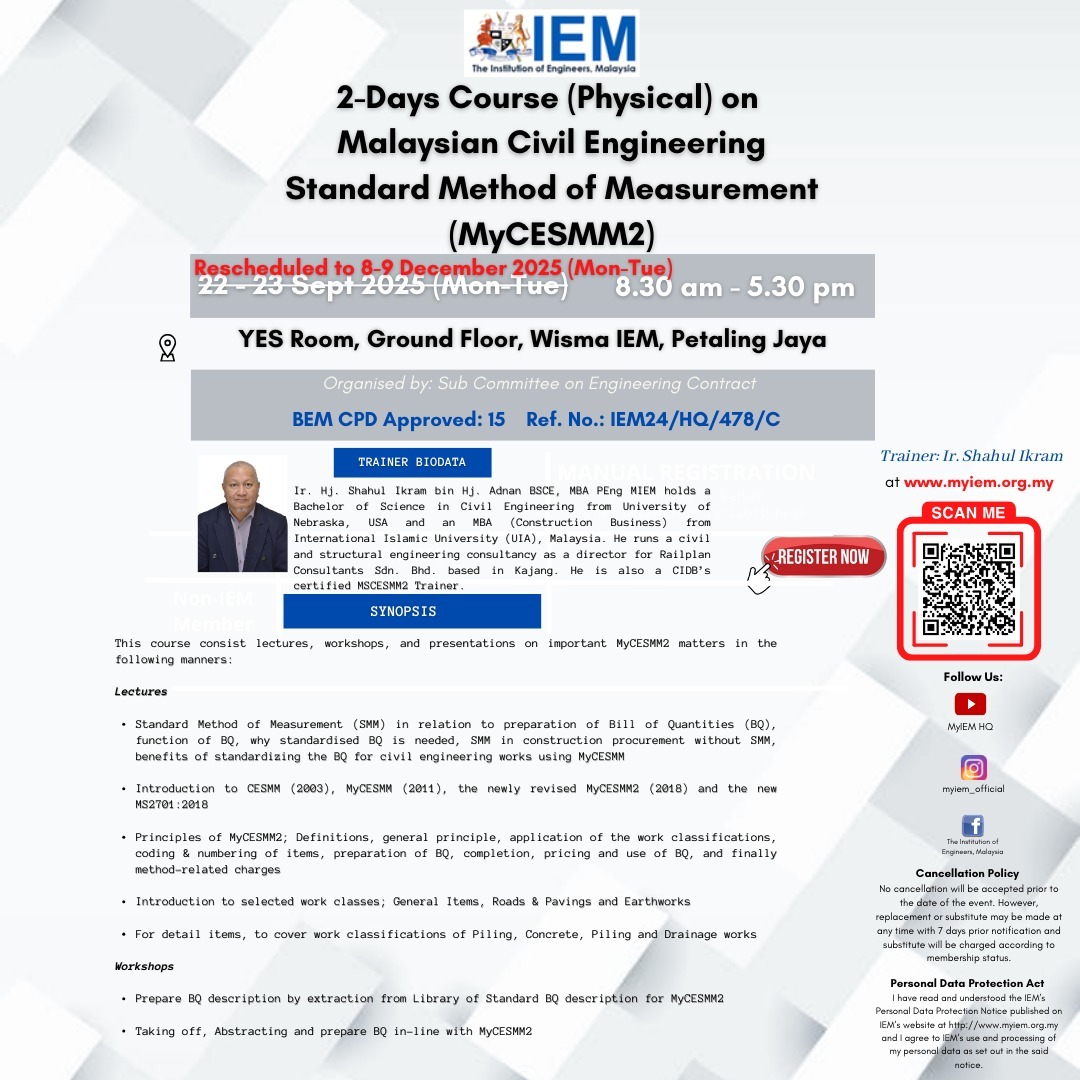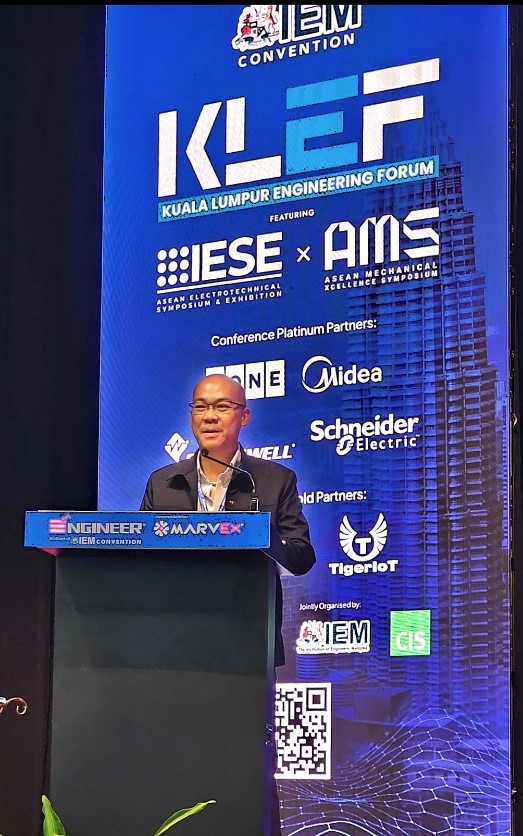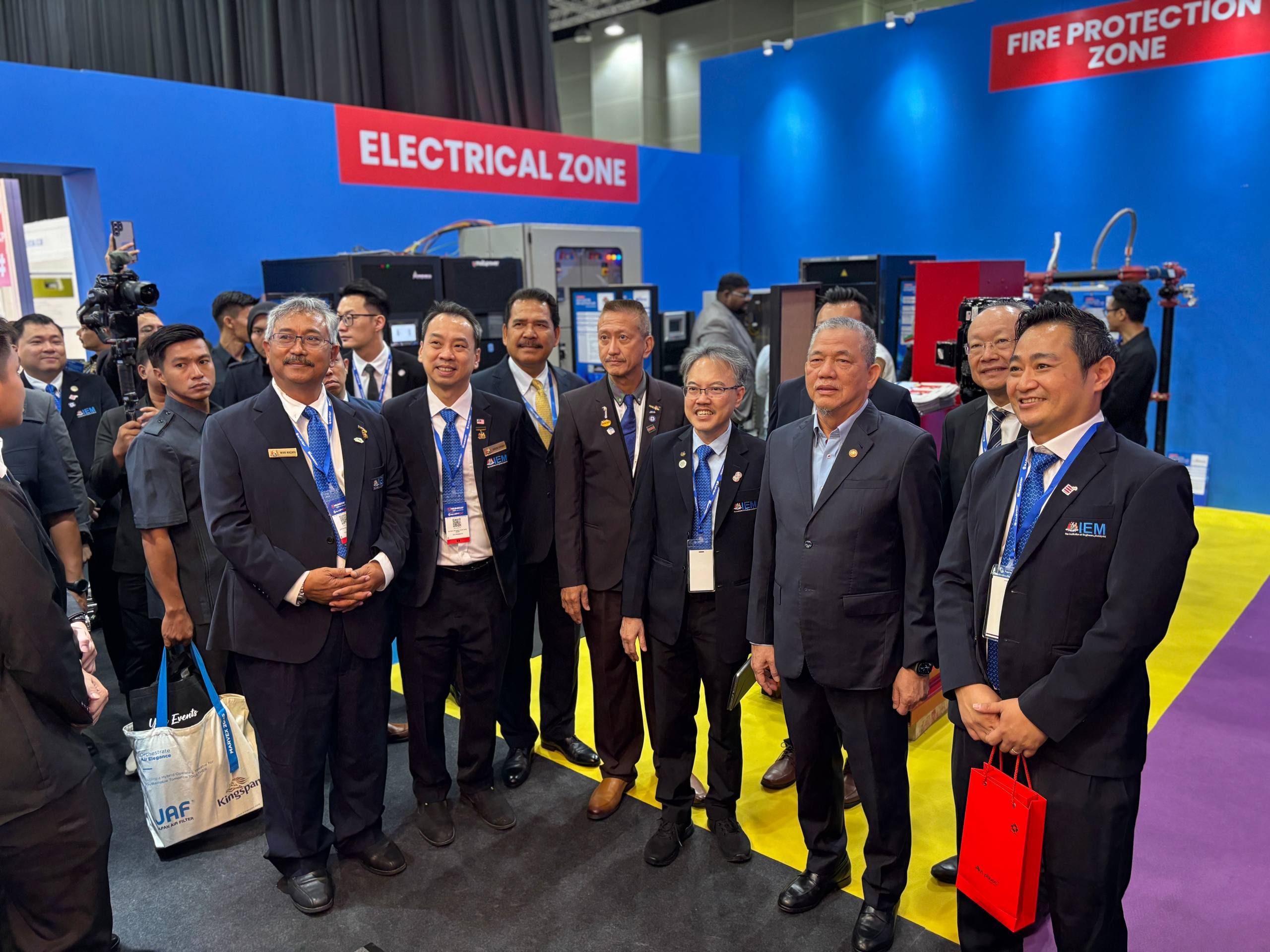YBhg. Dato’ Hamzah Hussin, the Chief Executive Officer of SEDA Malaysia, shares information, views and concerns about the country’s initiatives in advancing and promoting the use of alternative energy to help power the nation safely and sufficiently into the future.
Greenhouse gas emissions from the burning of fossil fuels such as oil and coal and their continued adverse impact on the environment are worldwide concerns. Malaysia is increasing its focus on developing, adopting and promoting alternative energy sources as part and parcel of the country’s sustainable energy industry.
These efforts have resulted in Malaysia being globally recognised as the best country in South-East Asia in the Energy Transition Index 2023 by the World Economic Forum.
Alternative energy refers to energy from natural and renewable sources or otherwise termed as renewable energy (RE), including solar and wind. Other sources of RE are geothermal, hydropower, tidal power and bioenergy, which are alternatives to conventional energy sources which involve the burning of non-renewable fossil fuels. RE can replenish itself naturally, hence its label as green energy or clean energy with infinite power source.
RE came into the spotlight with the worsening global climate crisis which saw increased efforts to push climate mitigation initiatives and to stress on the importance of a just energy transition from reliance on fossil fuels to RE. Malaysia is committed to the global effort to tackle climate change and has pledged to reduce GHG emissions to achieve Net Zero as early as 2050 despite contributing only 0.8% to global GHG.
Championing Malaysia’s sustainable energy industry is the Sustainable Energy Development Authority (SEDA) Malaysia, a statutory body formed under the Sustainable Energy Development Authority Act 2011 [Act 726]. Its key role is to administer and manage the implementation of the feed-in tariff mechanism which is mandated under the Renewable Energy Act 2011 [Act 725]. SEDA’s mission is to lead the development of Sustainable Energy in alignment with overarching national policies to contribute to a sustainable future.
Alternative energy sources
The Chief Executive Officer of SEDA Malaysia, YBhg. Dato’ Hamzah Hussin, talks about the current status of alternative energy sources in Malaysia and the initiatives the government has taken to promote their adoption.
Starting with the 5th Fuel Policy that recognises RE as the alternative energy source for Malaysia, the Government has introduced several programmes to develop and promote the industry further. These include programmes such as Feed-in Tariff (FiT), Net Energy Metering (NEM), Self-Consumption (SELCO), Large-Scale Solar (LSS) and New Enhanced Dispatch Arrangement (NEDA). SEDA’s main contributions are through NEM and FiT programmes, which SEDA has been mandated to administer and implement as stated under the Sustainable Energy Development Authority 2011 [Act 726],” says Dato’ Hamzah.
FiT is a mechanism under the RE Policy & Action Plan to catalyse the generation of RE through the utilisation of solar, biomass, biogas and small hydro resources. It allows the production of electricity from these RE resources to be sold to power utilities at a fixed premium price for a specific duration.
Since 2016, SEDA has also been implementing and offering solar programmes to companies through the NEM programme which involves energy production from solar PV installations. The energy produced from these installations is consumed first by the companies and excess energy is sold back to the national grid via utility Tenaga Nasional Berhad (TNB) at the prevailing displaced cost (the average cost of generating and supplying one kilowatt hour of electricity from resources other than RE resources, i.e. fossil fuels, through the supply line up to the point of interconnection with the RE installation). Selling the excess energy back to TNB is a financial incentive for companies to invest in RE systems, such as solar panels.
“As of 2023, Malaysia has achieved 10.5 GW, or 26% of its RE installed capacity. This progress aligns with our national goal of reaching a 31% RE mix by 2025,” says Dato’ Hamzah. RE is currently contributing 23% to Malaysia’s energy mix, dominated by hydropower generation.
Achieving RE targets
The Government’s goal of achieving 31% RE installed capacity by 2025 and 40% by 2035 is stated in the Malaysia Renewable Energy Roadmap (MyRER), which was launched in 2021. Moving forward, it is targeted to achieve 70% by 2050 as stated in NETR.
“These targets are made based on the modelling of the generation mix that we have ran and the government has laid out plans to ensure that Malaysia reaches the net zero target, with NETR being the key policy document to enact the action plan to meet the zero-carbon target,” says Dato’ Hamzah. “While the action plan to achieve net-zero emission by 2050 is seemingly ambitious and though progress has been gradual, Malaysia is on track to meet the target through the introduction of various RE or energy efficiency (EE) schemes. Although the electricity industry in Malaysia is highly regulated, it does not hinder any opportunity to improve the system for the sustainability of power supply.”
Read the full article here:
IEM Web Portal for download:
https://www.myiem.org.my/content/iem_bulletin_2024-1139.aspx
Or read it online here:
https://www.yumpu.com/en/document/view/68864037/jurutera-october-2024

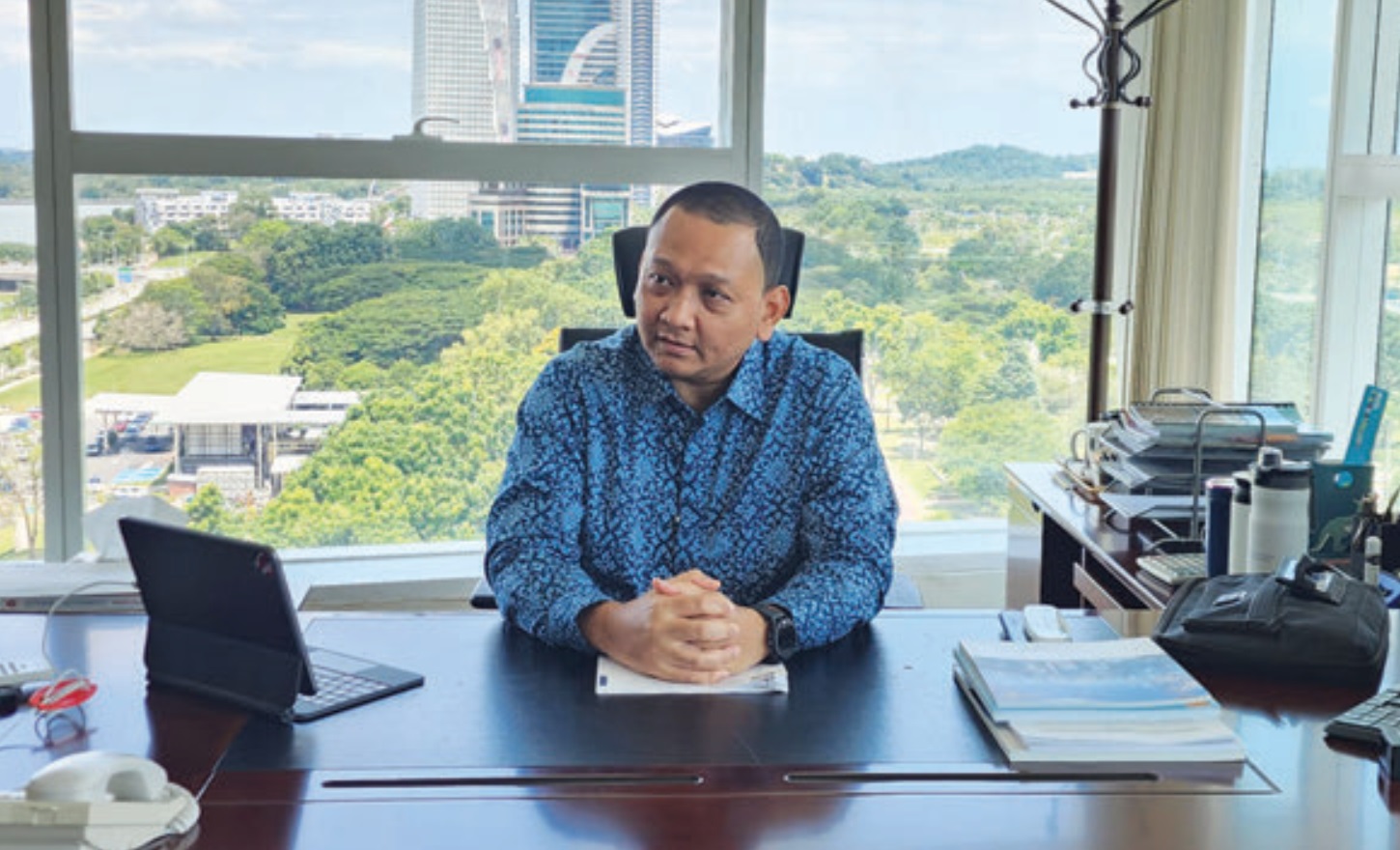





![Small modular reactors (SMRs) process [17]](https://iemjurutera.my/wp-content/uploads/2024/11/How_Do_SMRs_Work_Infographic_Crop.png)

